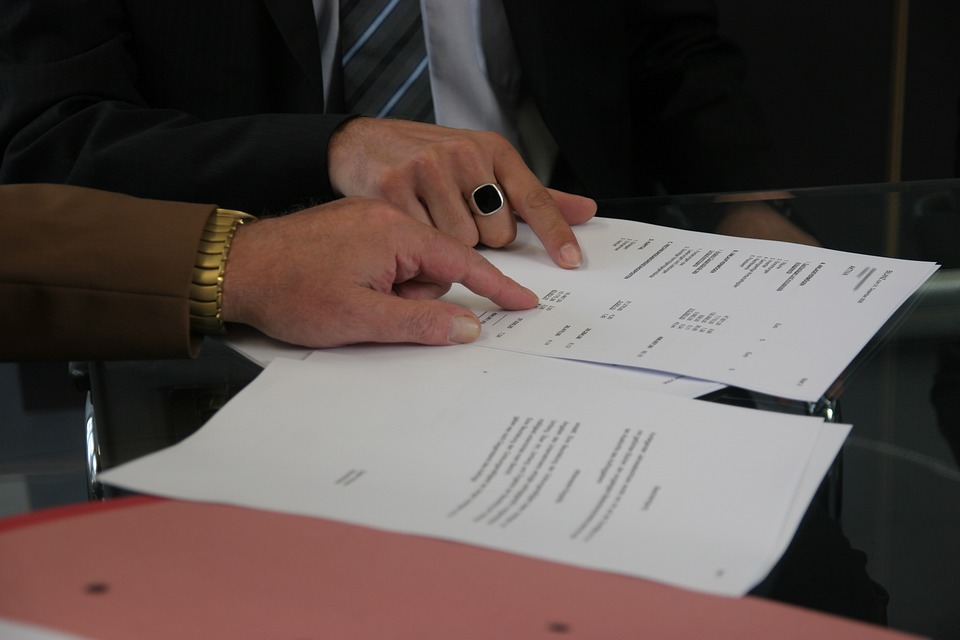At Simon Haysom, LLC, we are genuinely interested in the experience of our clients. One issue that is raised regularly are the concerns individuals have when they initially approach our team for bankruptcy advice in New York. Many people have questions on the type of bankruptcy appropriate for their financial situation or whether they are eligible for Chapter 7 bankruptcy, but far more common are questions concerning how and where to begin.
The majority of clients simply want to know: where do I begin when it comes to filing bankruptcy? As with all of your bankruptcy questions, Simon Haysom, LLC has the answer. We layout the first five steps anyone should take when filing for bankruptcy. Given that Chapter 7 bankruptcy and Chapter 13 bankruptcy are substantially different, we will focus exclusively on Chapter 7 bankruptcy in this post.
#1: Free Consultation with a Chapter 7 Bankruptcy Lawyer

A qualified and capable bankruptcy lawyer can answer any questions you have regarding Chapter 7 bankruptcy. Our team at Simon Haysom, LLC provides a great deal of your introductory information in a free initial consultation at our New York office. You can sit down, face-to-face with a bankruptcy lawyer and ask any questions you have about Chapter 7 bankruptcy.
Scheduling a free consultation is also a necessary early step in Chapter 7 bankruptcy because you want to be certain it is the right path for you. Not only is Chapter 7 bankruptcy only available to certain debtors, but also there could be the advantage of filing under Chapter 13 or pursuing an alternative to bankruptcy. You will learn if these avenues are better choices for your financial situation.
#2: Ascertain the Scope of Your Finances
Before filing for Chapter 7 bankruptcy you need to know the answer to a direct question, “how bad is it?” Determining the answer to this questions isn’t always easy. First, understanding the scope of your financial problems and debts is time-consuming. You need to collect information on bills, online statements, credit card information, monthly payments and living expenses, income, wages, other assets, and interest or late fees associated with missed payments. Compiling this information takes time.
Second, assessing the scope of your financial situation is defeating. Whatever hardships, losses, or circumstances led to substantial debt will be uncovered. Despite this complexity, it is impossible to file for bankruptcy without a clear understanding of your financial situation. As with every step of the Chapter 7 bankruptcy process, a bankruptcy lawyer can help.
#3: Attend Credit Counseling in Your Area
Credit counseling is a mandatory step in the Chapter 7 bankruptcy process. While you may decide to proceed through bankruptcy without a lawyer, you can’t move forward without completion of a credit counseling session. Under federal law, credit counseling must be offered to individuals considering Chapter 7 bankruptcy for free and there is no obligation to take the advice or recommendation of the counselor.

The advantages of credit counseling are numerous. It allows a debtor to assess and understand their outstanding payment obligations. You will also receive suggestions and advice on how to improve your financial situation without Chapter 7 bankruptcy.
#4: Identify Your Exempt Property
Under step two of the Chapter 7 bankruptcy process, you are looking to ascertain the entire scope of your finances and debts. However, to file a bankruptcy petition requires more color and nuance about your financial situation. You also need to identify what property is exempt from the bankruptcy estate under New York law. What does this mean?
Chapter 7 bankruptcy is a liquidation process. The property of a debtor is placed in the bankruptcy estate, sold by a bankruptcy trustee on behalf of the court, and the proceeds used to pay creditors. After Chapter 7 bankruptcy, any debt left unpaid by these proceeds is discharged and your financial slate is wiped clean. The only property that is protected or “exempt” from the Chapter 7 bankruptcy process is the property and values identified by New York’s exemption law. You can read more about exempt property here.
#5: Fill Out the Bankruptcy Forms
While Chapter 7 bankruptcy is only beginning when you work with a lawyer to complete the applicable bankruptcy petition and other forms, you’ve already covered a lot of ground in the process. At this point, you have a clear understanding of your financial situation, eligibility for Chapter 7 bankruptcy, and possible alternatives to the filing. If Chapter 7 bankruptcy is your best option at this time, then you are now ready to file.
Need assistance completing your Chapter 7 bankruptcy forms? You can contact our New York office at 845-294-3596.
CONTACT US NOW
Get Your Free Consultation
Areas Served
Simon Haysom is proud to serve the following communities:
